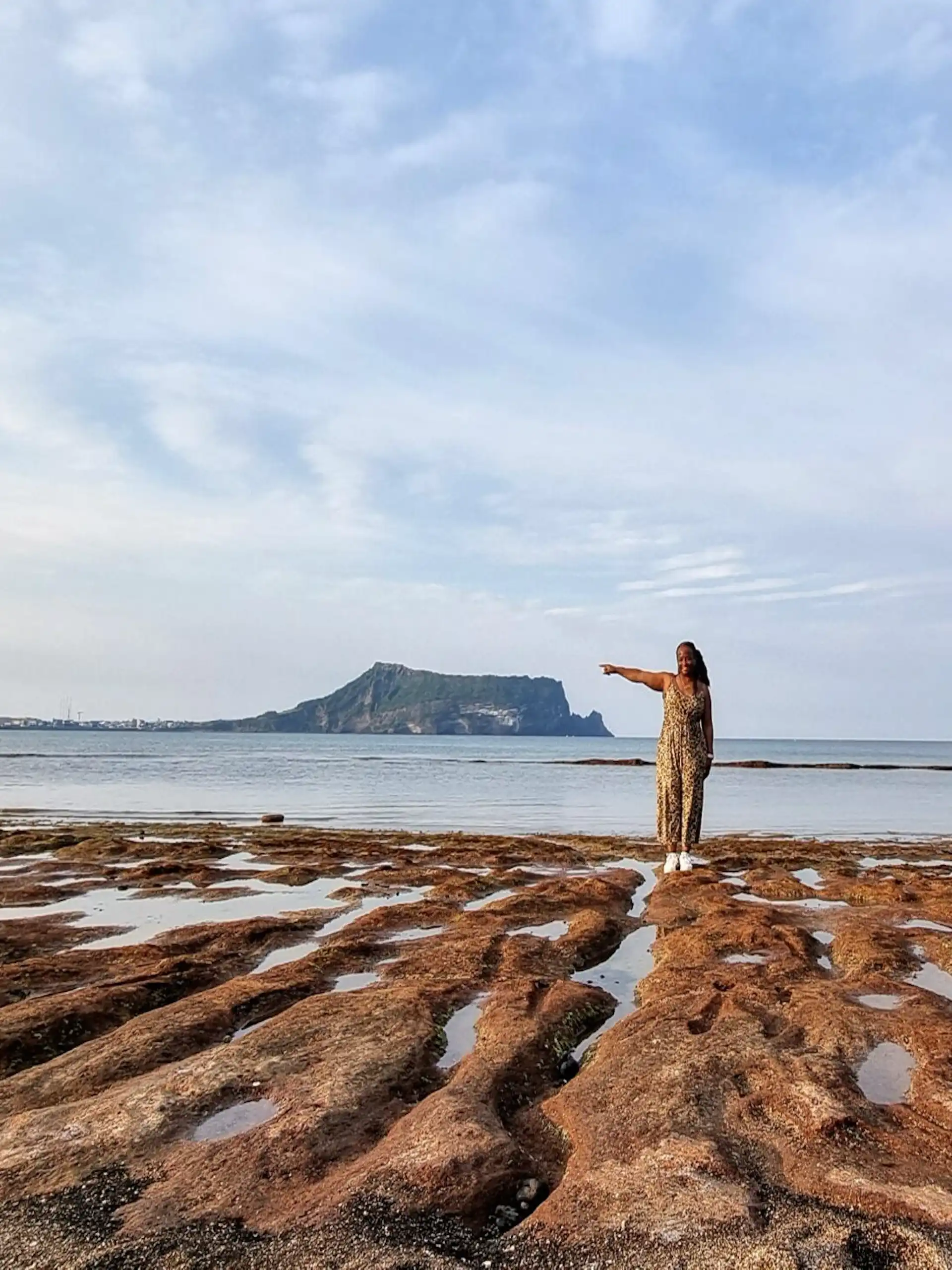|
Getting your Trinity Audio player ready...
|
Traveling through Asia has taught me that thoughtful representation is not just a courtesy—it’s a responsibility. Every custom and tradition tells a story, but it’s easy to fall into the trap of romanticizing or oversimplifying. Creating meaningful content requires intentionality, humility, and respect. These lessons have reshaped my approach to travel and content and might challenge how you think about yours, too. Respectful travel content prioritizes authentic storytelling that honors the culture and voices of local communities.
Table of Contents
- Creating Respectful and Authentic Travel Content
- Understanding Cultural Etiquette
- Collaborating with Locals to Tell Authentic Stories
- Avoiding Stereotypes and Misconceptions
- Telling Stories with Integrity

Understanding Cultural Etiquette
In Thailand, I was gently corrected by a temple attendant for sitting with my feet pointed toward a statue of the Buddha. I’d taken great care to dress modestly, but in that moment, I realized I had overlooked a deeply ingrained cultural rule. Pointing your feet at anyone—let alone a revered figure like the Buddha—is seen as a sign of disrespect. That brief exchange wasn’t just a lesson in temple etiquette; it underscored how even well-meaning ignorance can offend. It reminded me that respectful travel content begins with understanding and observing the cultural norms of the places we visit.

The Foldable C Table combines functionality and space-saving design, perfect for small spaces. Its C-shaped frame slides easily beside sofas or beds, while the folding feature allows compact storage. Crafted with high-density wood boards and adjustable feet, it offers stability and durability. A built-in storage bag keeps essentials like remotes and magazines within reach, maintaining a tidy surface. Versatile in use, it serves as a sofa table, laptop stand, TV tray, or bedside table. With quick assembly and easy folding, this compact table adds convenience and style to any room.
Meticulous Choreography
In Japan, I attended a tea ceremony and was struck by the meticulous choreography of every movement. It dawned on me that I could learn the motions, but truly understanding the meaning was another matter. The host’s gestures were deliberate and harmonious, each step honoring centuries-old traditions. Observing this, I realized how rituals like these reflect values of mindfulness, respect, and balance—values I was now invited to appreciate. These moments reinforced how storytelling must embrace not only what we see but the deeper cultural narratives that bring those actions to life.
Cultural etiquette is not a series of arbitrary rules; it’s a gateway to understanding the heart of a culture. Ignoring it risks coming across as dismissive. Small gestures, like removing your shoes in a temple or offering items with two hands in South Korea, are not just polite—they show a willingness to meet others on their cultural terms. This builds trust and creates deeper connections.



Collaborating with Locals to Tell Authentic Stories
While visiting a small Vietnamese village outside Hanoi, I was introduced to a family that had been making rice paper for generations. Sitting with them, I learned that this craft wasn’t just a livelihood—it was a way to preserve a lineage and community identity. Watching their practiced hands at work and hearing their stories gave me a profound appreciation for the labor and pride that went into each delicate sheet.
Similarly, in Indonesia, I joined artisans in a batik workshop. They explained the symbolism of the patterns they painted: some designs were reserved for royalty, others for ceremonies marking life’s milestones. As I watched the wax and dye bring their stories to life, I realized how little these intricate details make it into mainstream narratives about “traditional crafts.”
Including local voices adds layers of depth that no guidebook or online search can provide. It’s tempting to create content that centers our perspective, but doing so risks reducing cultures to backdrops for personal adventures. When locals share their expertise and experiences, they become the storytellers. Our job is to listen and amplify their voices with care.



Avoiding Stereotypes and Misconceptions
Early in my travels, I described places as “exotic” and “untouched.” Those words now make me cringe. They flatten complex cultures into one-dimensional caricatures. Worse, they perpetuate a colonial mindset, where everything outside the Western world is seen as “other.” As a Black female traveler, I’m acutely aware of the histories tied to these terms and the legacies they perpetuate. That’s not a narrative I’m willing to contribute to.
In Seoul, for example, I was struck by the seamless blend of old and new. In the bustling streets of Insadong, I explored hanok houses with traditional tea shops nestled between modern art galleries. Just a few blocks away, the futuristic Dongdaemun Design Plaza buzzed with creativity. The city’s identity isn’t singular; it’s an intricate mosaic of past and present. Living there for several years didn’t make me part of the Korean community. Instead, I found myself living on a tangent I could never fully cross.
Stereotypes are easy, but they’re lazy and harmful. Thoughtful content captures the nuances—the chaotic energy of an Indian market and the peacefulness of a Laotian temple—without distilling them into tropes. It requires asking: Does this portrayal honor the culture, or does it serve my narrative?



Telling Stories with Integrity
This is why I love slow travel. It gives me the time and space to truly absorb the culture I’m experiencing. Before I share a story, I ask myself three questions: Is this accurate? Have I respected the culture? Have I centered the voices of those who live it? These questions guide me to create content that uplifts rather than exploits.
At Angkor Wat, I hired a local guide to explain the history of the temple complex. He didn’t just recite dates; he spoke about the ongoing efforts to preserve the site and the challenges posed by increasing tourism. His insights gave me a fuller picture, and including his voice in my story made it more honest and meaningful. This experience reminded me that our perspectives as travelers are inherently limited. Without local context, even the most well-intentioned stories risk missing critical nuances.

This Set of Two Scratch Off Maps is perfect for tracking your adventures and planning future trips. The set includes a 24×17-inch World Map and an 18×13-inch USA Map, each featuring gold foil to scratch off the countries and states you’ve visited, revealing vibrant details beneath. Crafted with premium materials, the maps are easy to scratch and include a protective layer to ensure a clean and polished look. Bonus accessories like a guitar pick scratcher and stickers add fun to your travel memories.
It’s About Accountability
Creating respectful travel content isn’t about perfection; it’s about accountability. It’s about being open to correction, willing to learn, and committed to growth. Slow travel provides the opportunity to ask more questions, have deeper conversations, and notice the small details that make a place unique. It’s recognizing that travel content has the power to shape perceptions—for better or worse. By honoring cultural nuances, collaborating with locals, and avoiding harmful stereotypes, we can create stories that connect, educate, and inspire.
The choice to travel slowly is also a statement against the “highlight reel” culture of quick trips and shallow observations. It challenges us to pause, reflect, and prioritize depth over breadth. Let’s not just skim the surface of the places we visit. Instead, let’s dive deep, tell richer stories, and leave behind legacies of understanding and respect.
Like it. Pin it.

I love sharing my travel stories, lessons from life abroad, and tips for curious travelers. If my work has inspired you or made you smile, please buy me a coffee.
My articles are available as mobile apps for offline reading and GPS-assisted directions. Download my articles on GPSMyCity. This post contains sponsored and/or affiliate links. If you click these links, I may earn a small commission. Your support helps me keep the blog running—at no cost to you.
Discover more from Duffel Bag Spouse Travels
Subscribe to get the latest posts sent to your email.


